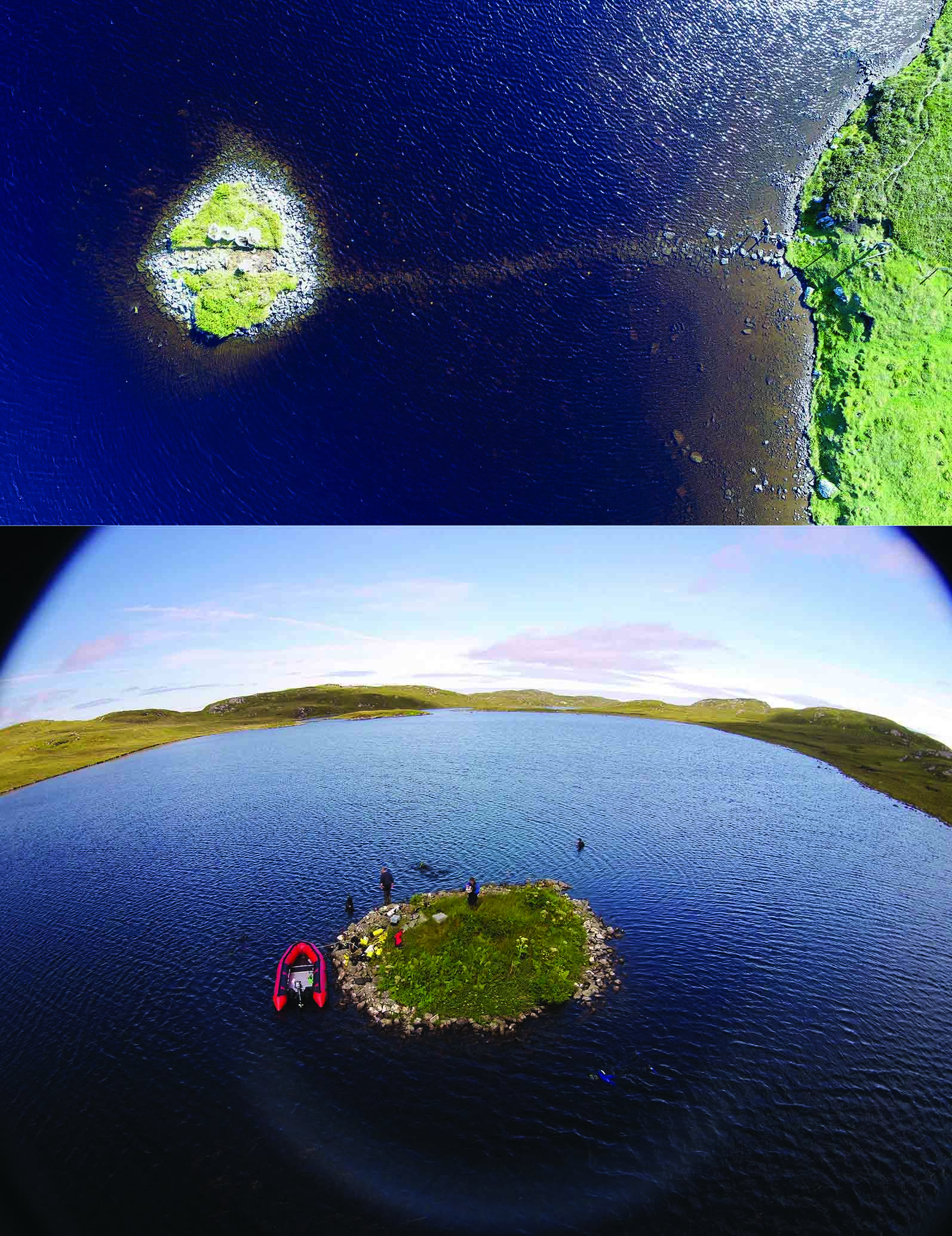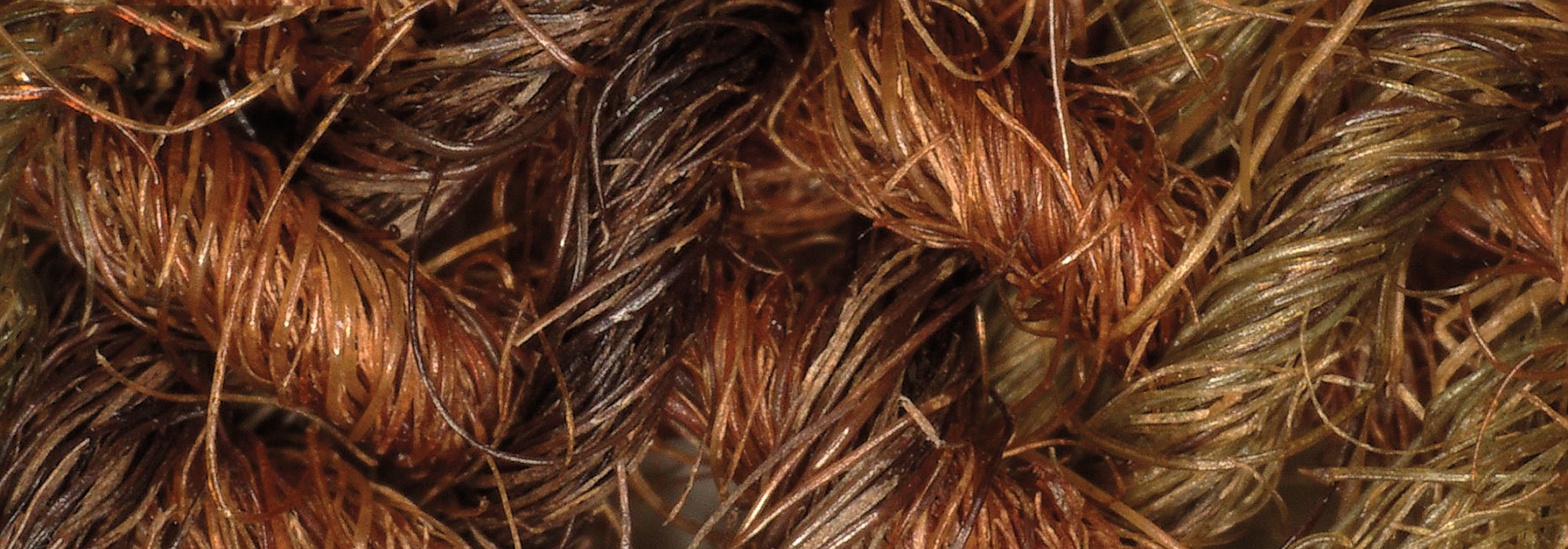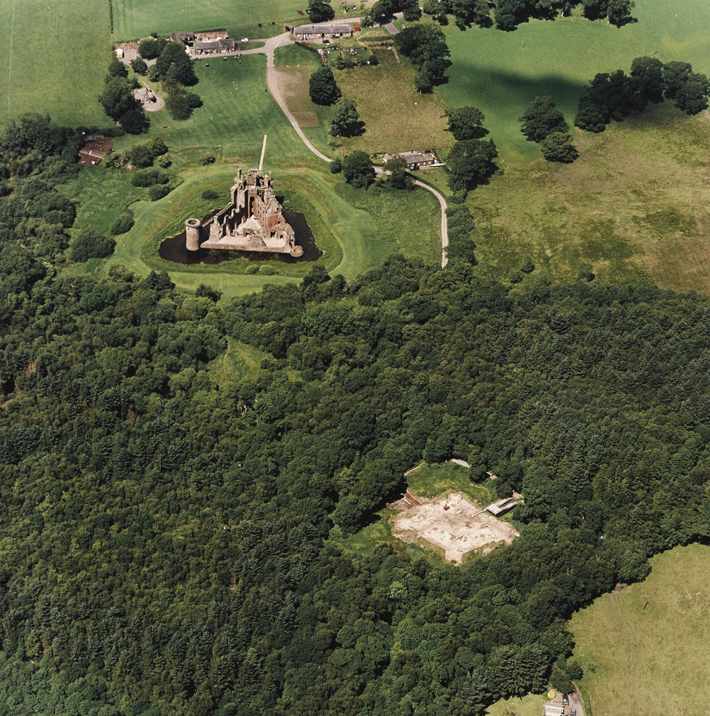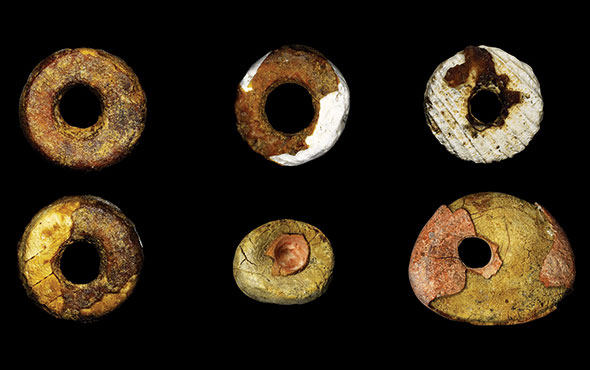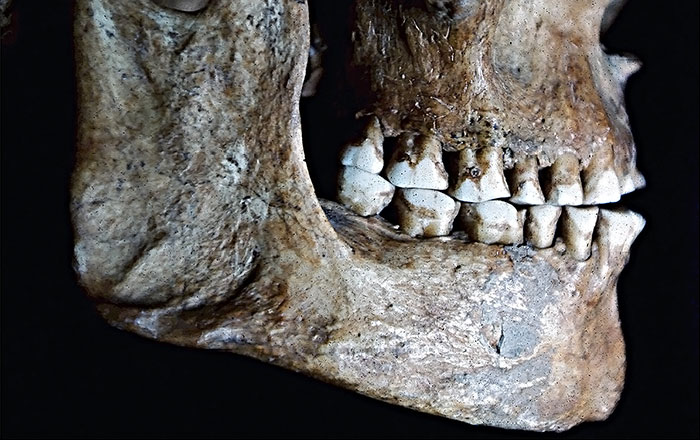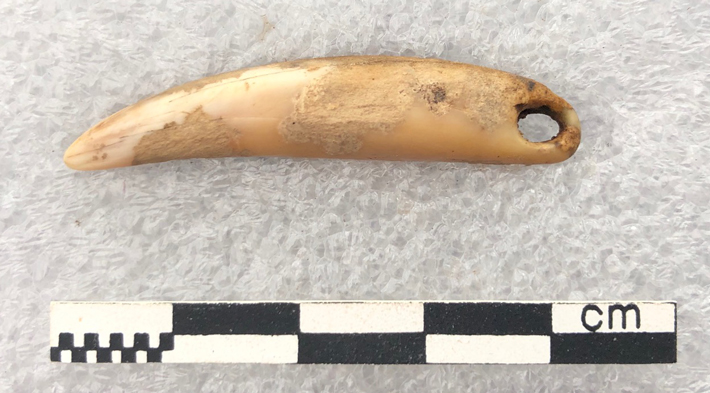
BRADFORD, ENGLAND—According to a report in The Scotsman, a 2,500-year-old perforated seal tooth that may have been worn as a pendant, a weaving comb carved from bone, pottery, and shards of Roman glass have been discovered at Swandro, a coastal Iron Age site on the largest of the Orkney Islands off Scotland’s northern coast. Excavations of the village, thought to have been inhabited for 1,000 years, are led by Stephen Dockrill of the University of Bradford. “The archaeology is extremely vulnerable to the changes in sea level due to climate change and what we are also seeing is the effect of every tide,” Dockrill said. “Every tide is acting like a vacuum and, as it goes out, it takes material away.” Dockrill said the village may have been surrounded by a ditch and centered around a roundhouse, currently under excavation, that would have been closer to the sea. To read about another long-inhabited site in the Orkneys, go to "Neolithic Europe's Remote Heart."



